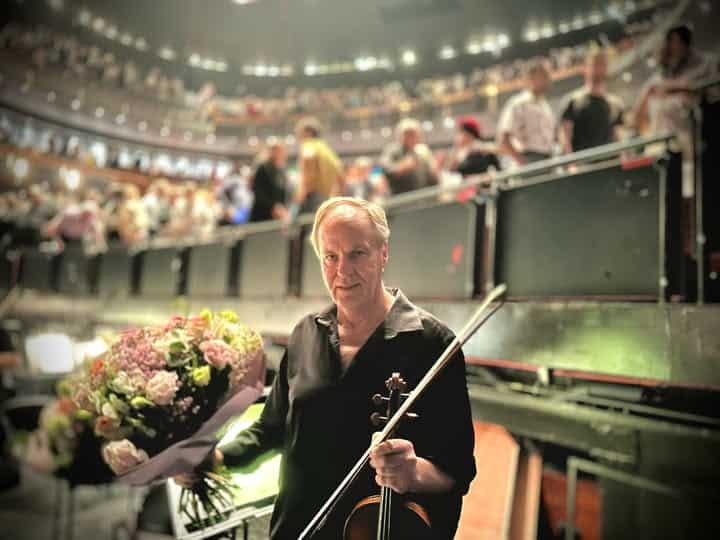The Times gets its opera sums wrong (again)
mainRichard Morrison, the Times music critic, has been polemicising again for English National Opera to slim down or shut down. Some of his arguments may be valid, but today he draws a false account of subsidy inflation.
In 1952, he writes, (Sadlers Wells) staged no fewer than 26 different operas… I looked up the company’s Arts Council grant for 1952. It was £60,000 — the equivalent of between £1.8 million and £5.9 million now, depending on whether you do the calculation based on retail prices, incomes or property values.
Compare that with today. Next season ENO will get £12 million in subsidy, for which it will deliver just 11 or possibly 12 productions. In real terms that’s two or three times the subsidy it received in 1952 for fewer than half the number of shows.
Wrong, wrong and wrong again. Let me offer a parallel comparison.
In 1949, the London Symphony Orchestra obtained its first Arts Council subsidy. The amount was £2,000 per annum – equivalent to £60,000 or £190,000 in current values, depending on how you calculate them.
Today, the LSO receives over £2.5 million in funding from ACE and the City of London, well over 1,000 times its original subsidy and for playing no more UK concerts than it did in 1949.
Morrison is the LSO’s official historian. He ought to know these things.
He should also know that an opera orchestra and chorus costs far more than a freelance symphony orchestra. In 1949, when £2,000 covered the LSO’s bare patches, the Covent Garden orchestra cost £70,000.
Morrison founds his false argument on wrong numbers and rank amnesia.






Comments